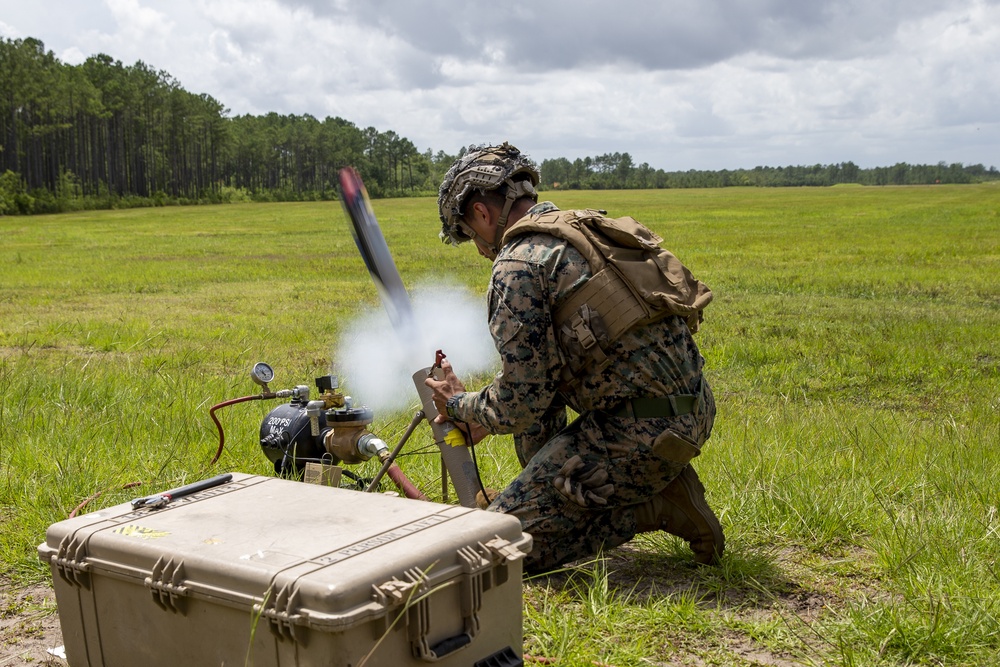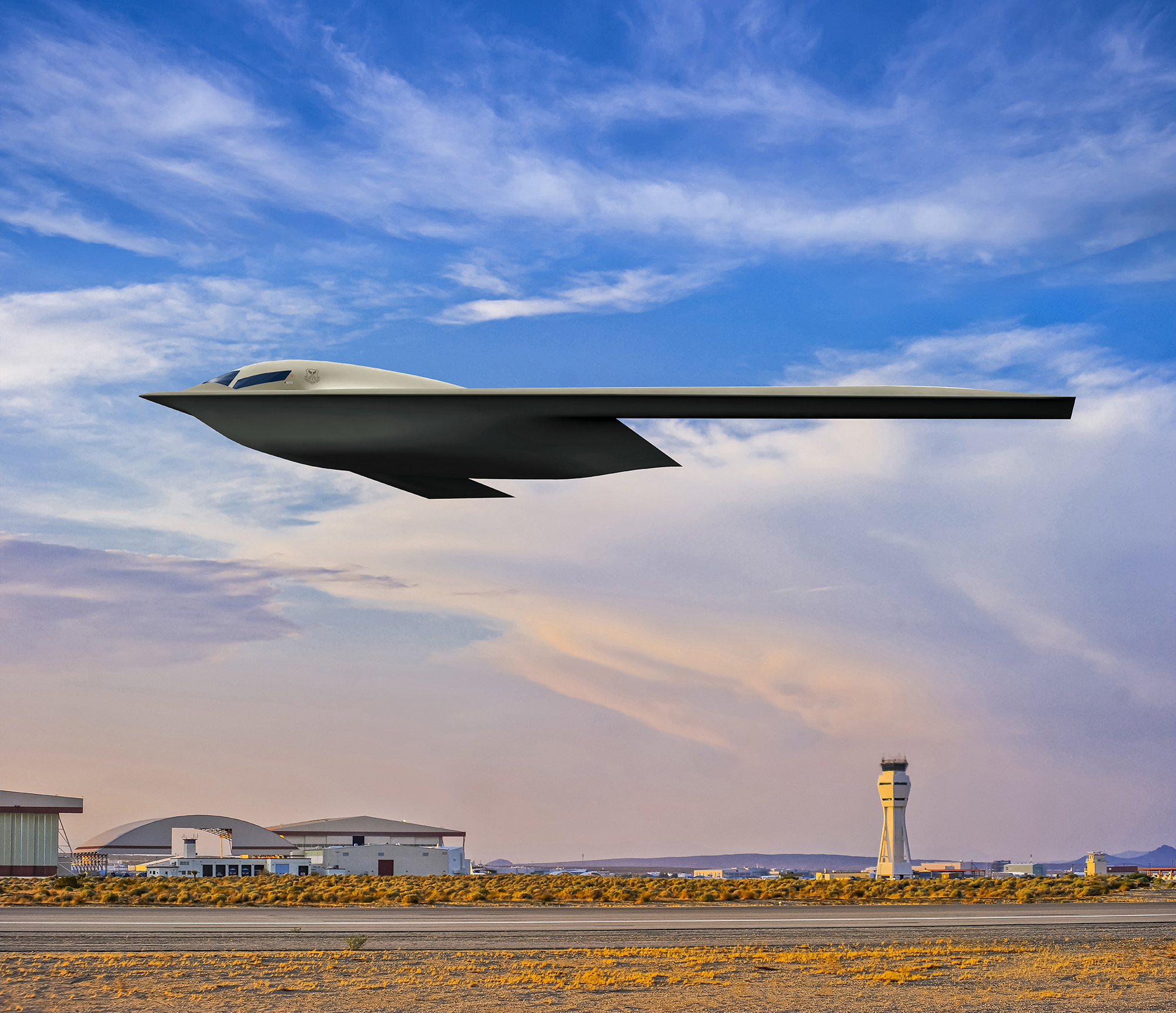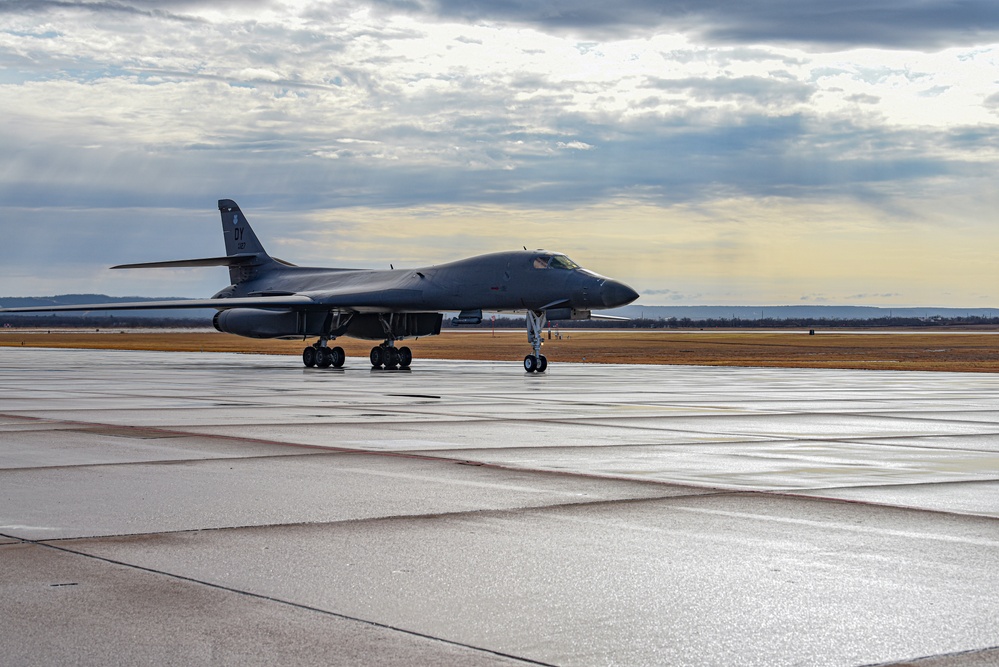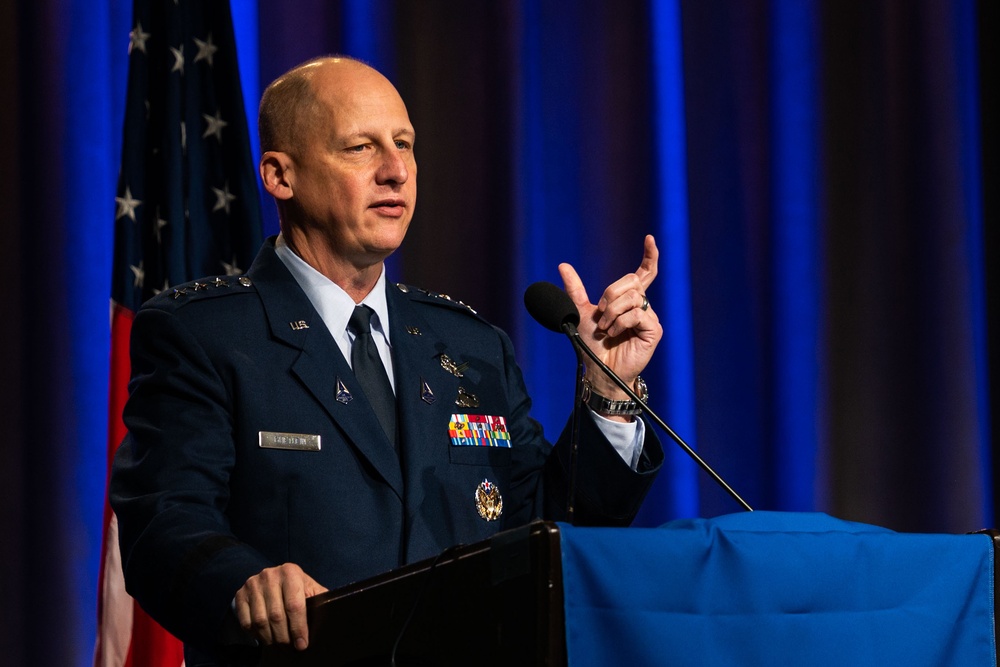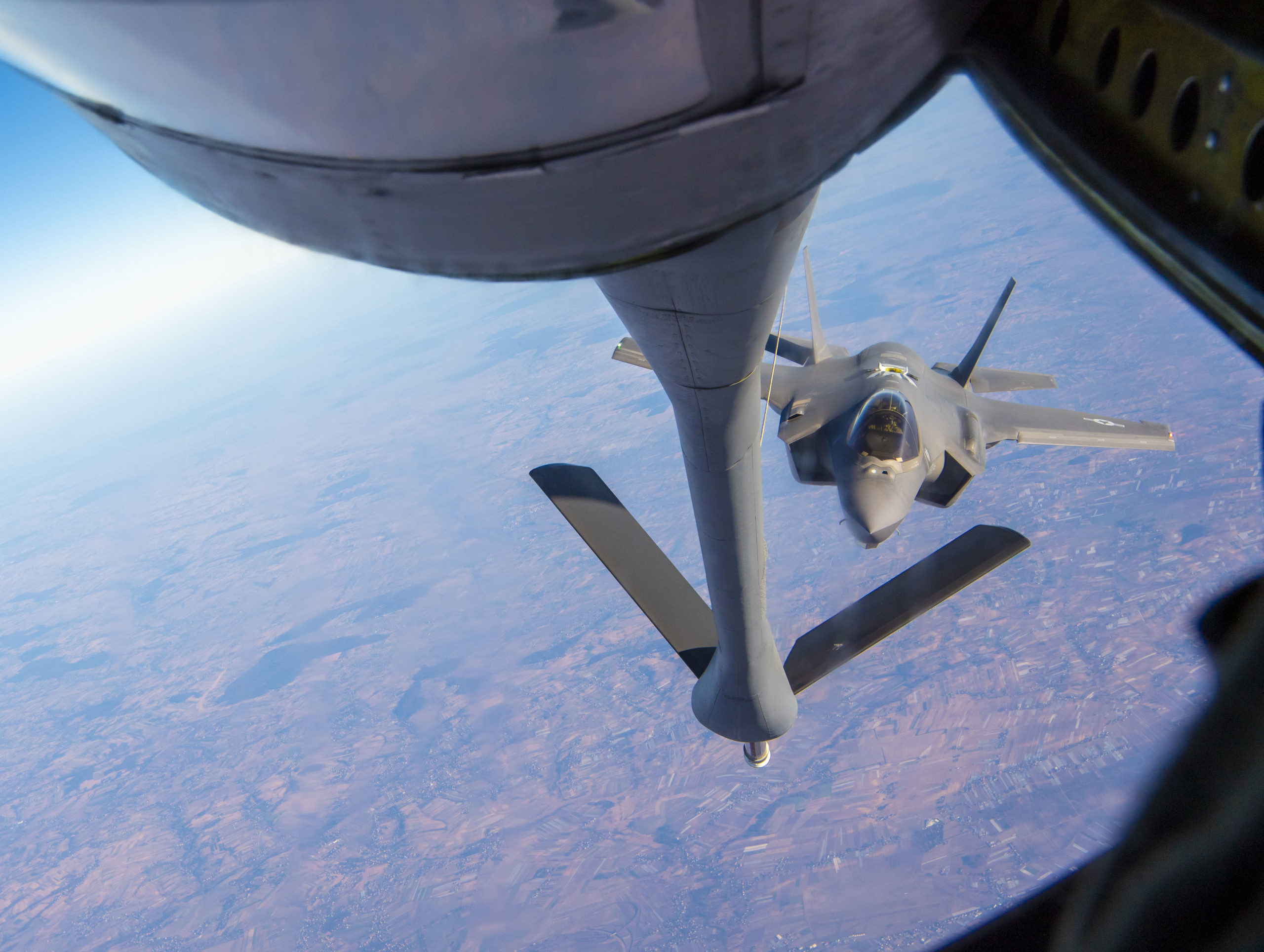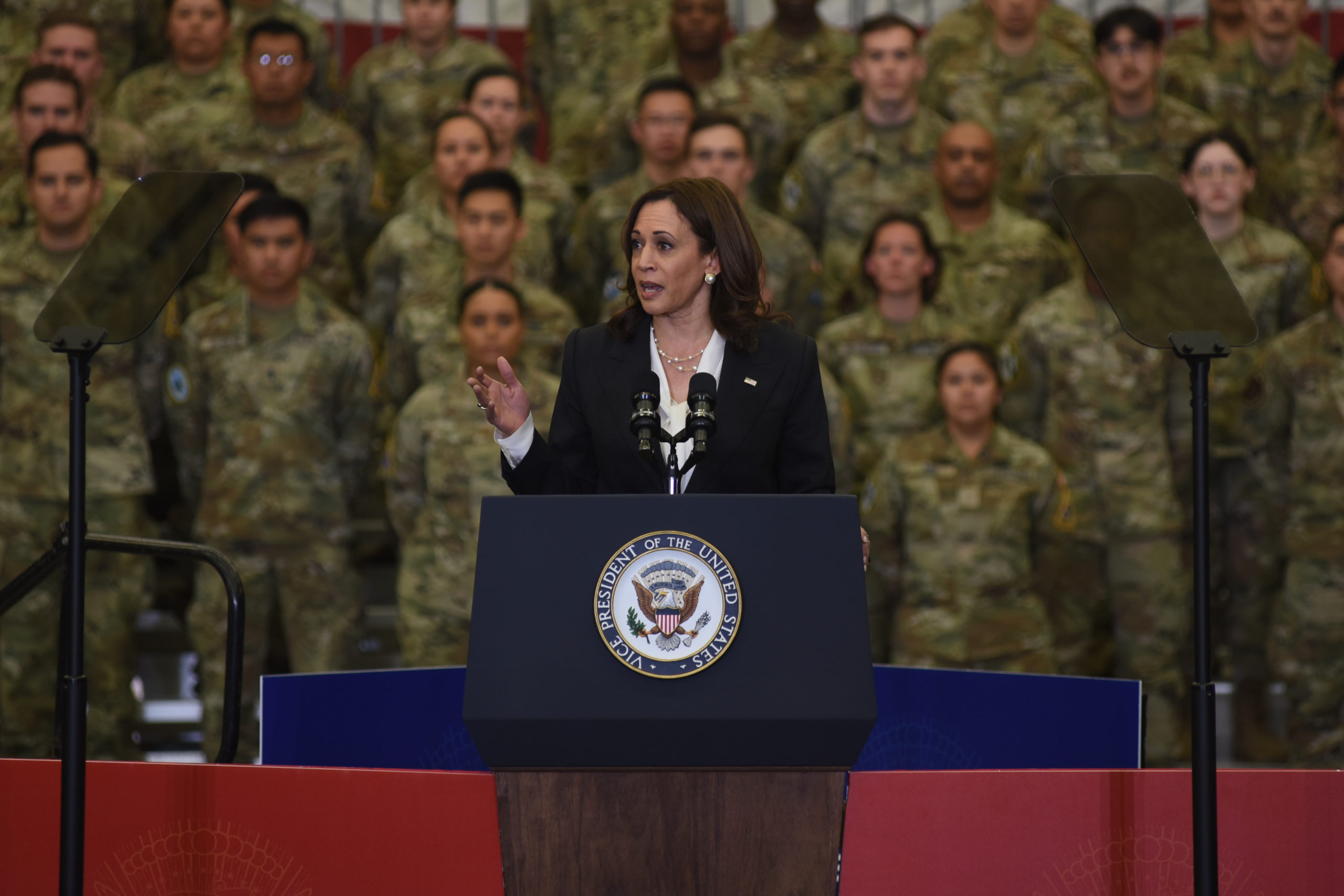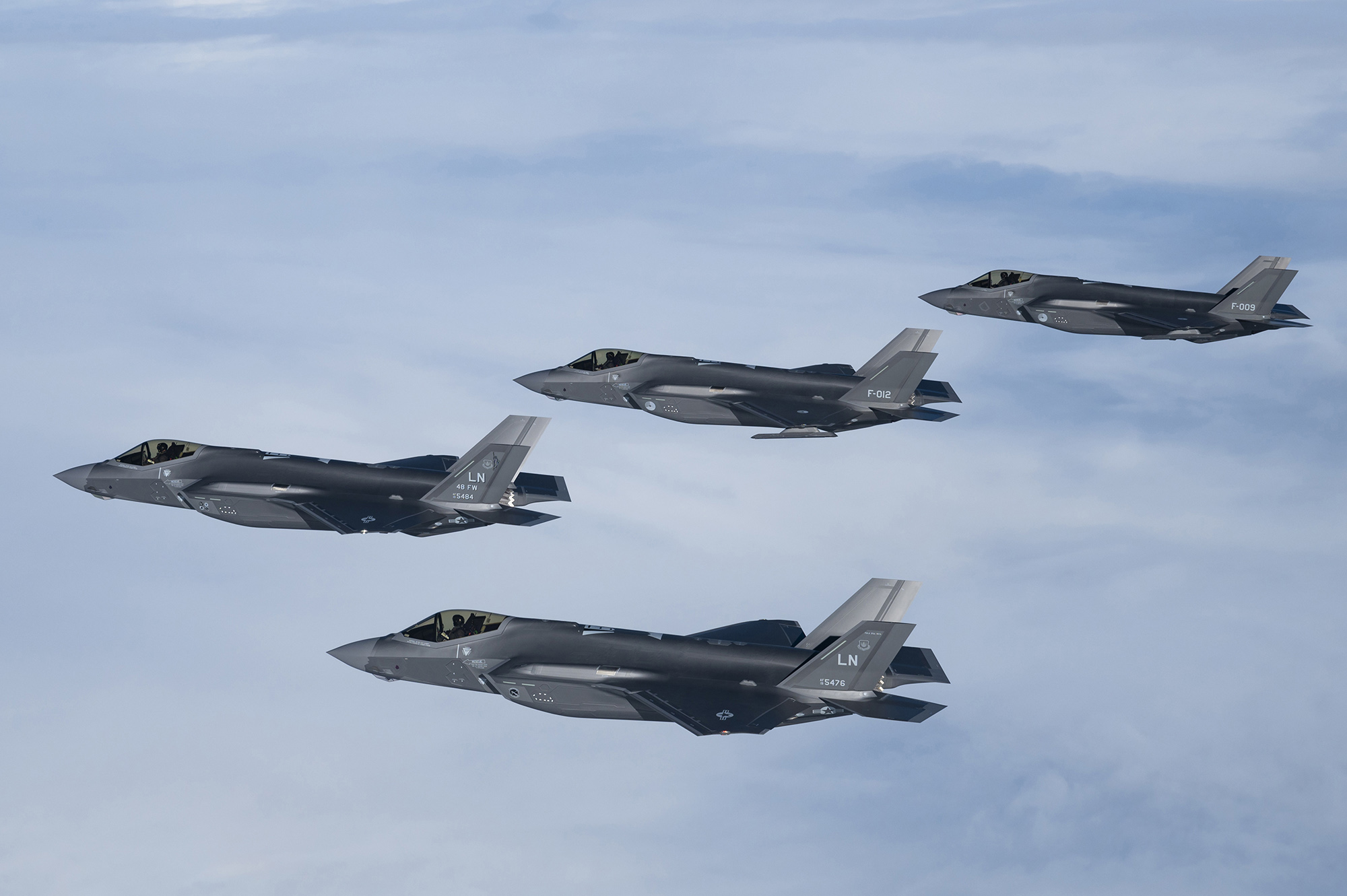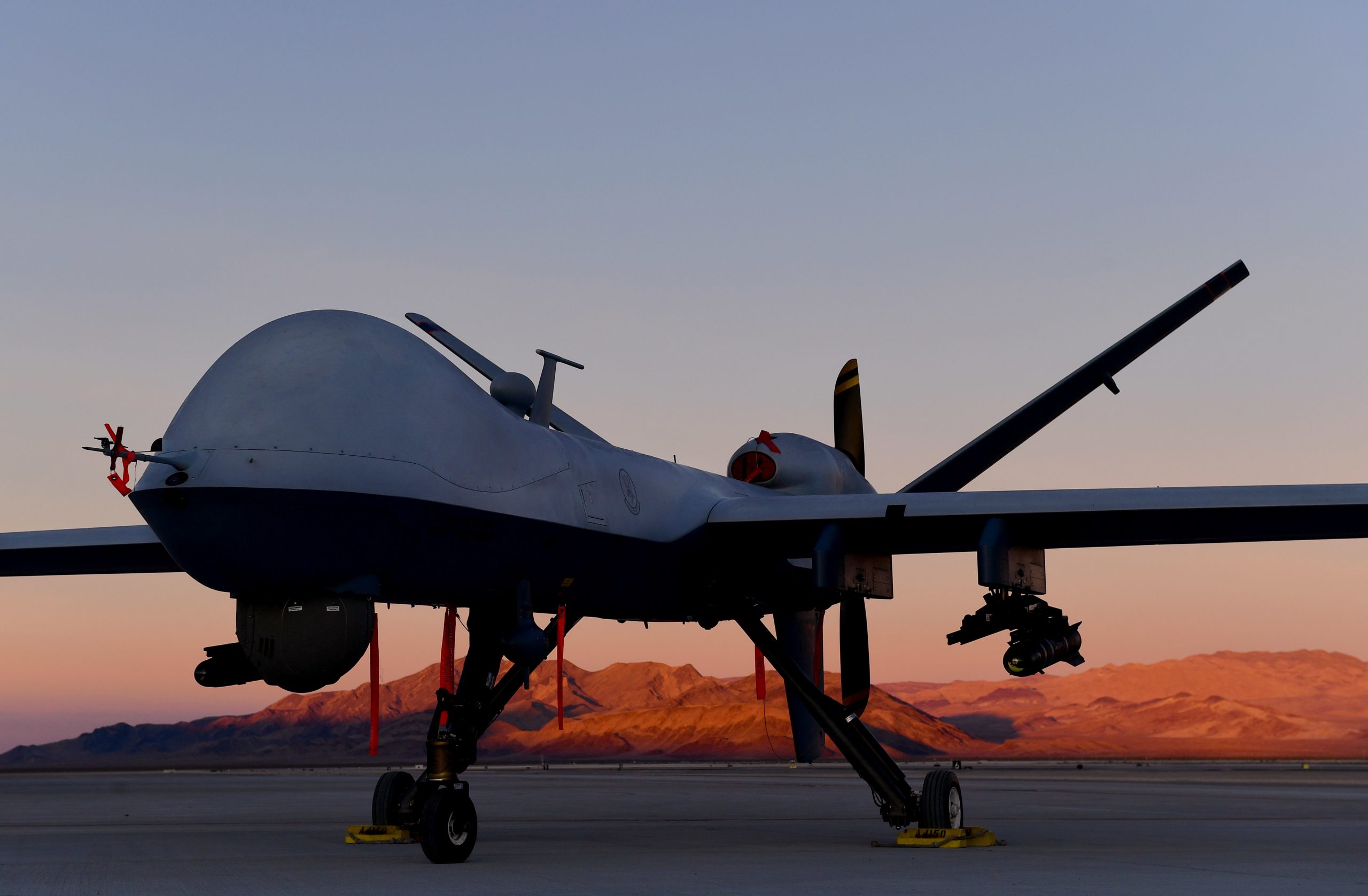Editor’s note: This story was updated at 6:30 p.m. to include clarifying comments from the Pentagon press secretary on when the Phoenix Ghost was developed.
The Pentagon is giving Ukraine a secretive new drone that the U.S. Air Force has developed—one that “very nicely” suits the needs of the Ukrainian military, the Pentagon revealed April 21.
The U.S. will deliver at least 121 of the new Phoenix Ghost tactical unmanned aerial systems to Ukraine as part of a new $800 million assistance package announced by Pentagon Press Secretary John F. Kirby. But, what is the Phoenix Ghost?
“This is a drone that had been in development before the invasion, clearly,” Kirby said during an afternoon press briefing. “The Air Force was working this, and in discussions with the Ukrainians about their requirements, we believed that this particular system would very nicely suit their needs, particularly in eastern Ukraine.”
Kirby’s comments mark a slight change from those made by a senior defense official earlier in the day. In a background briefing, the official said the Phoenix Ghost was “rapidly developed by the Air Force, in response, specifically, to Ukrainian requirements.”
Kirby said he did not have an exact date for when Phoenix Ghost started development. But given that the Air Force had at least 120 to send from its inventory, “You’re not going to have 120 on your shelves if you just started buying them on the 24th of February,” the day Russia’s invasion of Ukraine began.
“What probably wasn’t as well worded as it should have been [is] it was developed for a set of requirements that very closely match what Ukrainians need right now in Donbas,” Kirby said, referring to the eastern region of Ukraine where Russia has focused its attack in recent days.
The exact capabilities that Phoenix Ghost will offer to Ukraine are being kept under wraps, as Kirby declined to comment. But he did say the drone is “akin” to the Switchblade drone that the U.S. has already delivered to Ukraine.
Switchblades are often referred to as “kamikaze drones” or “loitering munitions” because they are capable of flying over a target before crashing and detonating in a precision strike. Different versions of the Switchblade can fly between 15 and 40 minutes, with a range from 10 to 40 kilometers.
The Phoenix Ghost is “designed for tactical operations,” Kirby said. “In other words, largely but not exclusively to attack targets. It, like almost all unmanned aerial systems, of course, has optics. So it can also be used to give you a sight picture of what it’s seeing, of course, but its principal focus is attack.”
Kirby later added that the drone is a one-way system, meaning it is not meant to be recovered.
Air Force public affairs declined all comment on Phoenix Ghost to Air Force Magazine, referring questions to the Pentagon. An employee of Aevex Aerospace, the California company producing the drone, also declined comment to Air Force Magazine.
While the drone is currently being delivered to Ukraine, Kirby said he expected that the Air Force would use it in the future for itself.
Since Russia launched its invasion, the Department of Defense has provided $3.4 billion worth of military aid to Ukraine, including another $800 million package in mid-March, followed by another $100 million in early April. Kirby previously said the contents of those packages would be fully delivered by mid-April.
In addition to Switchblades and the new Phoenix Ghost, DOD has also provided Stinger anti-aircraft missiles, Javelin anti-tank missiles, Mi-17 helicopters, Humvees, artillery, and millions of rounds of small arms ammunition and grenades, among other items.
